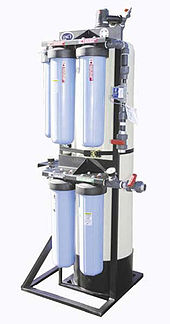Mr.Right
Guest
- Mar 19, 2015
- 1,659
- 231
- 65
Sounds like a science fiction novel. Lol. That sort of thing doesn't happen in real life.1. all this innovation
2. The knowledge of our universe and what it is all about
3. The ability to save our own ass
4. Humanity spreading outwards and using all the resources of our universe.





